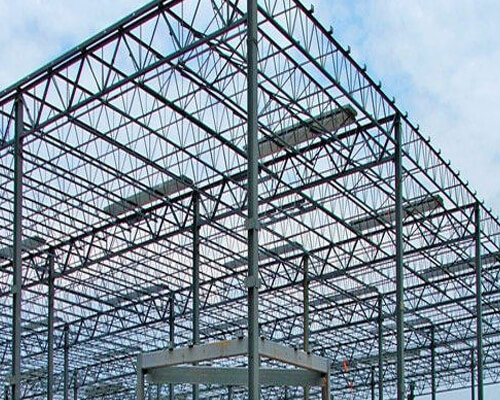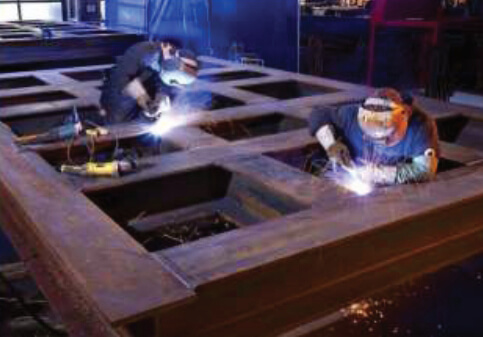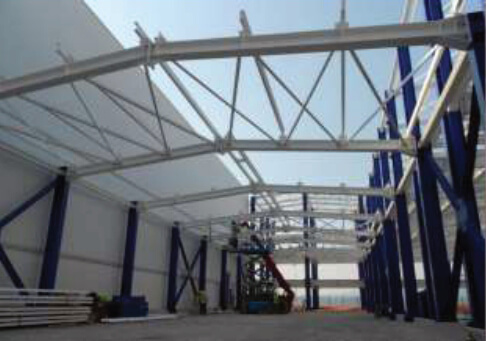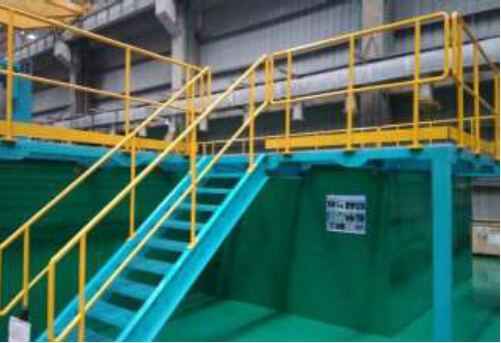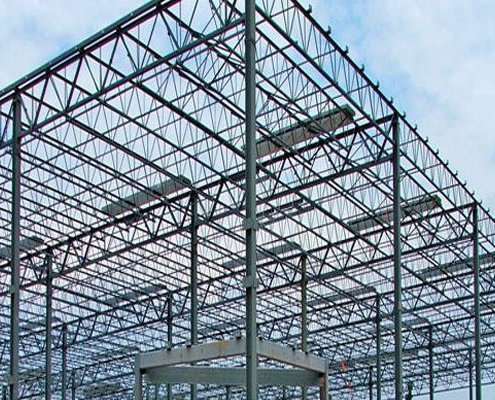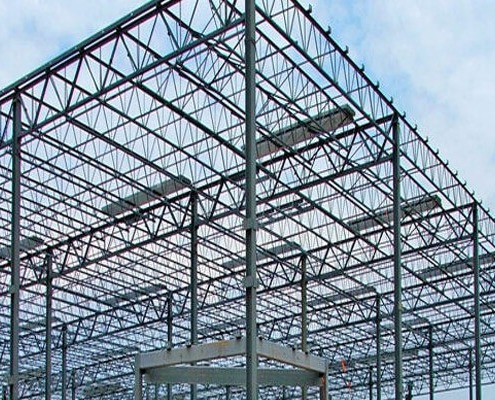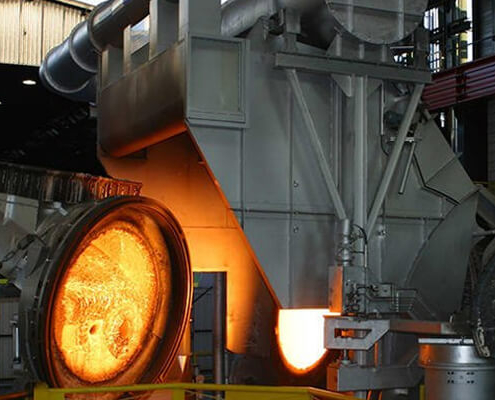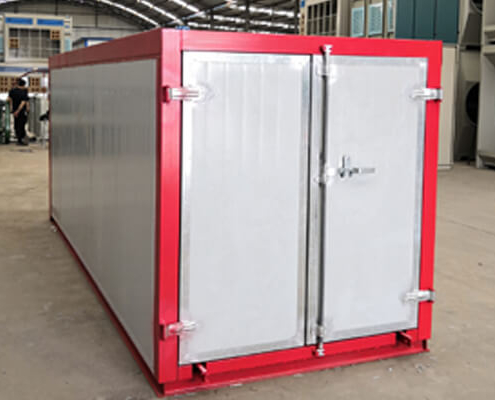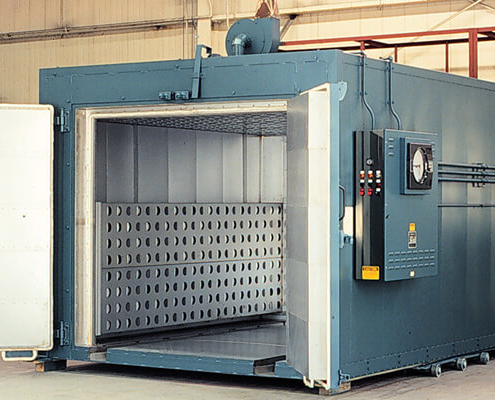Types of Formational Structural Steel
- Parallel Flange Channels
- Tapered Flange Beams
- Universal Beam
- Universal Column
Parallel Flange Channels
These U-shaped channeled beams have right-angled corners and resemble a stick of staples. Although they come in a wide range of sizes, the two sides are always the same length and parallel to one another. They are used similarly to angled sections and provide a strength-to-weight ratio that is noticeably higher.
Tapered Flange Beams
I-shaped sections known as taper flange beams come in a huge range of diameters. These are frequently used in construction for girder cross-sections. Although they have torsion (twisting) resistance, despite having a comparatively high resistance ratio, they are typically not advised when pressure is present along their length.
Universal Beam
Universal beams, often referred to as I-beams or H-beams, have the same shape as their namesake whether standing upright and on their side, respectively. Among other sectors, universal beams are used in building and civil engineering and are often composed of structural steel.
Universal Column
The usage of universal beams for structural purposes is also very common. They resemble beams and are frequently referred to as I-beams or H-beams, although all three parts are the same length. They are mostly utilized for columns, as their name would imply, and they have excellent load-bearing capacities.
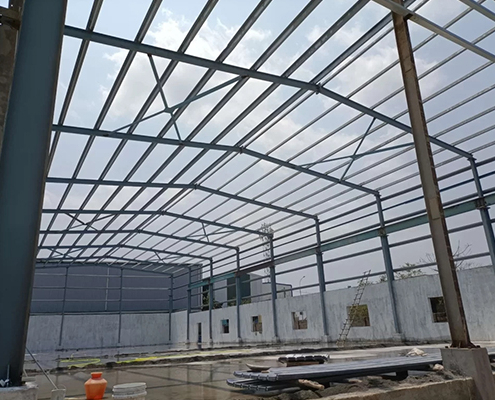 https://www.vasanenterprises.com/wp-content/uploads/2022/08/Stainless-Steel-Fabrication-Services-in-Chennai.jpg
400
500
bestcool_vasan
https://www.vasanenterprises.com/wp-content/uploads/2022/05/logo.png
bestcool_vasan2022-08-30 08:47:012022-10-15 06:19:26Stainless Steel Fabrication Services in Chennai
https://www.vasanenterprises.com/wp-content/uploads/2022/08/Stainless-Steel-Fabrication-Services-in-Chennai.jpg
400
500
bestcool_vasan
https://www.vasanenterprises.com/wp-content/uploads/2022/05/logo.png
bestcool_vasan2022-08-30 08:47:012022-10-15 06:19:26Stainless Steel Fabrication Services in Chennai

